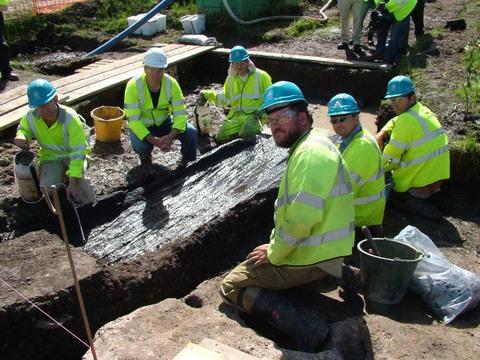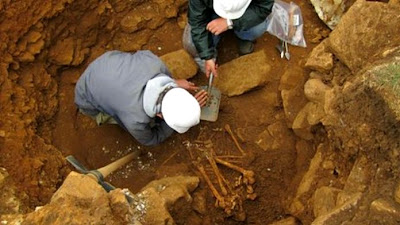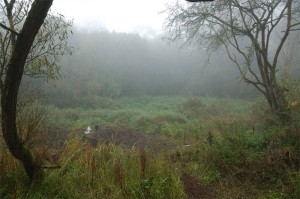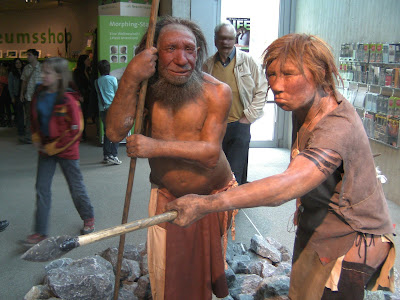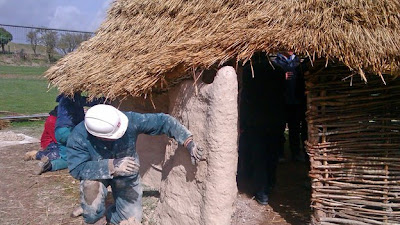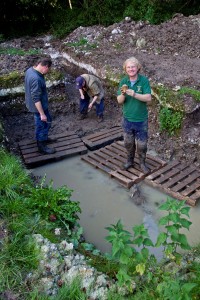 In CA 271 we brought you news of astonishing Mesolithic finds at Vespasian’s Camp on Salisbury Plain, a potentially game-changing site for our understanding of the Stonehenge landscape.
In CA 271 we brought you news of astonishing Mesolithic finds at Vespasian’s Camp on Salisbury Plain, a potentially game-changing site for our understanding of the Stonehenge landscape.DJ: As a student working on a project in Amesbury, I wondered why Vespasian’s Camp was such an archaeological blind spot. When I realised that it was because of assumptions about the extent of 18th century landscaping, I investigated further and found that an area northeast of the camp was largely untouched.
Read the rest of this article...






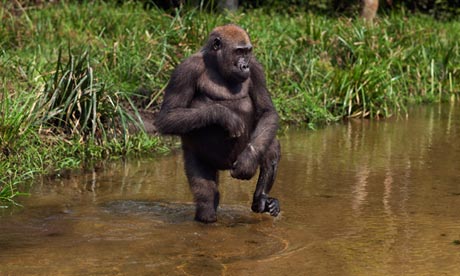

 Cave paintings, castles and pyramids, Neanderthals, Romans and Vikings - archaeology is about the excitement of discovery, finding out about our ancestors, exploring landscape through time, piecing together puzzles of the past from material remains.
Cave paintings, castles and pyramids, Neanderthals, Romans and Vikings - archaeology is about the excitement of discovery, finding out about our ancestors, exploring landscape through time, piecing together puzzles of the past from material remains.
